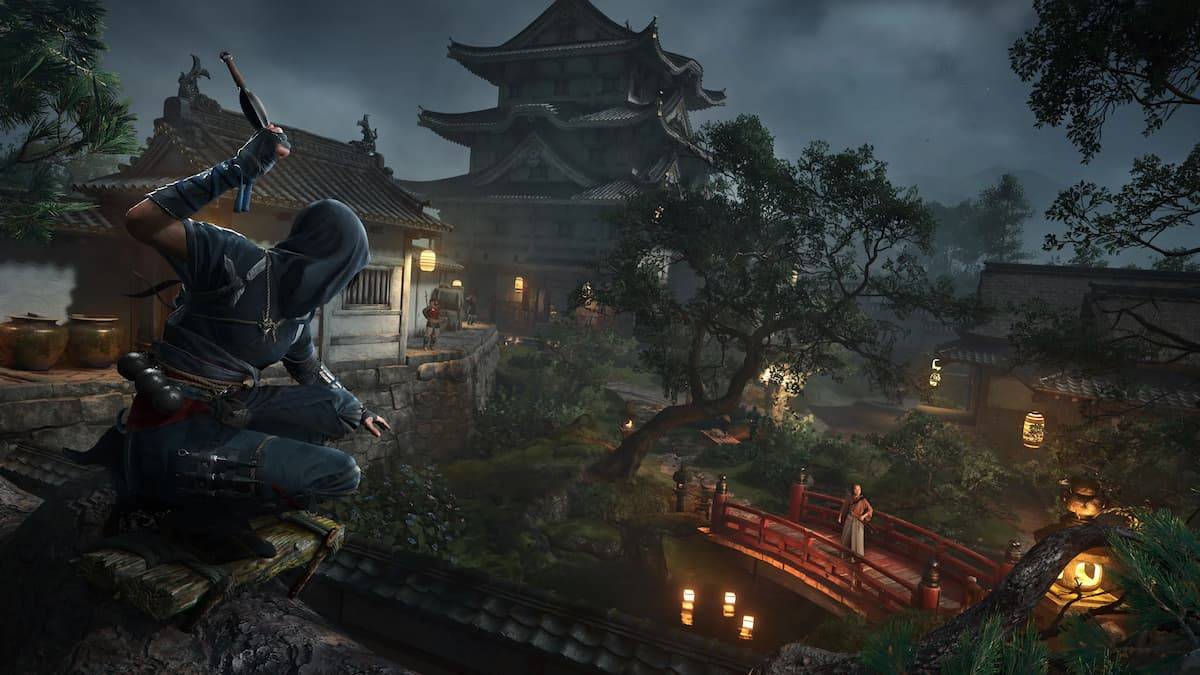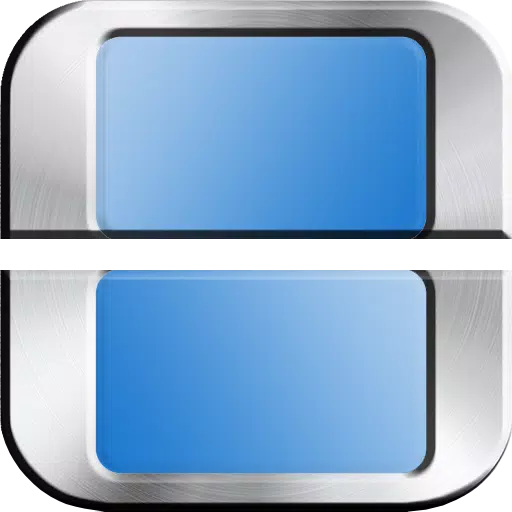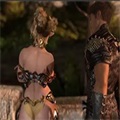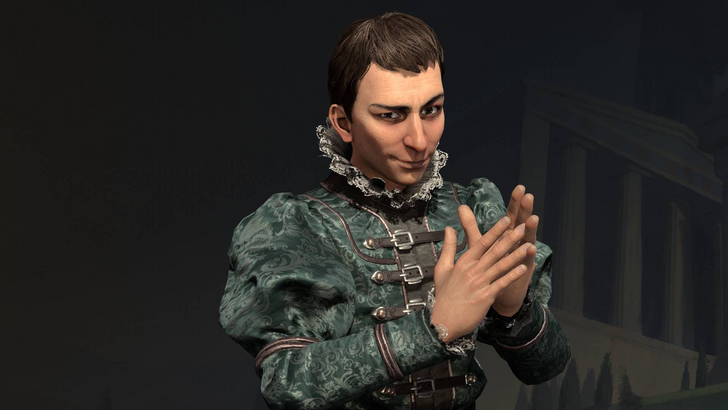
Just one day into the release of Civ 7’s Deluxe Edition, online discussions are buzzing about its user interface and other shortcomings. But does it deserve the criticism? We dive into the game’s UI components to evaluate whether it lives up to the negative hype.
← Return to Sid Meier's Civilization VII main article
Does Civ 7’s UI Deserve Its Bad Reputation?
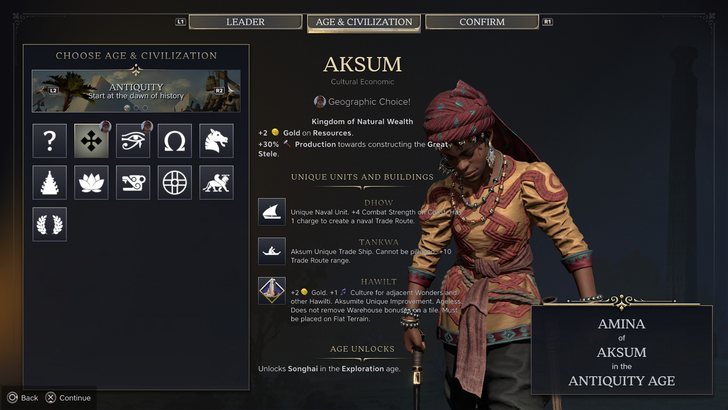
With only a day since the launch of Civ 7’s Deluxe and Founder’s Editions, the game is already facing criticism, particularly for its reportedly clunky UI and missing quality-of-life features. Before joining the chorus of complaints, it’s worth examining whether the UI is genuinely as flawed as claimed. The best approach? Dissecting it element by element to see if it meets the expectations of an effective 4X game interface.
What Defines a Great 4X UI?

While some argue there’s a universal formula for designing a 4X UI, the truth is more complex. A game’s style, goals, and context shape its UI needs, requiring a tailored evaluation. Still, experts in visual design have identified key traits that successful 4X UIs share, offering a benchmark to assess Civ 7’s interface against industry standards for 4X games.
Let’s examine how Civ 7’s UI measures up to these critical components of effective 4X design.
Clear Information Hierarchy

A clear information hierarchy organizes data to prioritize accessibility and relevance to gameplay. In 4X games, essential resources and mechanics should be easily accessible, with secondary features just a click or two away. A well-designed UI doesn’t overwhelm with information—it structures it logically for both the game and the player.
For instance, Against the Storm excels with its building info menus. Right-clicking a building opens a pop-up with tabs that prioritize frequent actions, like assigning workers or setting production limits. Less-used features, such as inventory management or late-game mechanics like Rainpunk, are neatly tucked into separate tabs.
How does Civ 7’s resource overview UI compare? It’s functional but falls short of ideal.
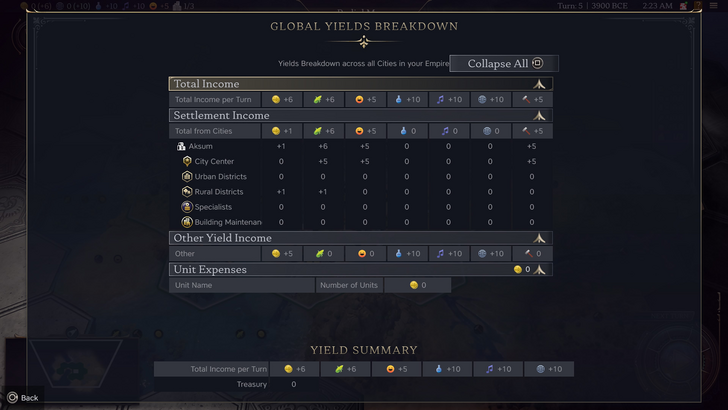
The summary menu organizes resource allocation across your empire, separating income, yields, and expenses into dropdowns. Presented in a table for easy tracking, it includes detailed breakdowns by district and city. The layout is intuitive, and the menu collapses without extra navigation.
However, it lacks precision. While it shows resource contributions from Rural Districts, it doesn’t specify which district or hex is responsible. Expenses beyond unit upkeep are also vague, missing a detailed breakdown. Overall, Civ 7’s resource UI is serviceable but could benefit from greater specificity.
Effective Visual Indicators
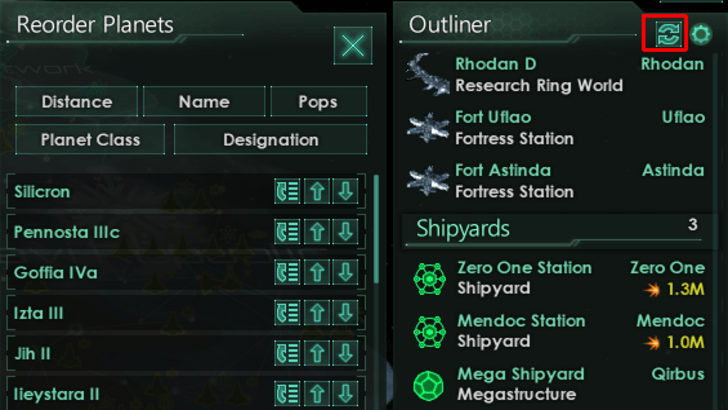
Effective visual indicators use icons, colors, or overlays to convey information quickly, minimizing reliance on text or numbers. A strong UI communicates key data at a glance, streamlining the player’s experience without requiring deep menu dives.
Stellaris, despite its often-criticized cluttered UI, shines with its Outliner. This customizable sidebar uses icons to instantly show whether survey ships are in transit, orbiting, scanning, or missing. Similarly, small icons next to colony names highlight immediate needs, reducing unnecessary clicks.
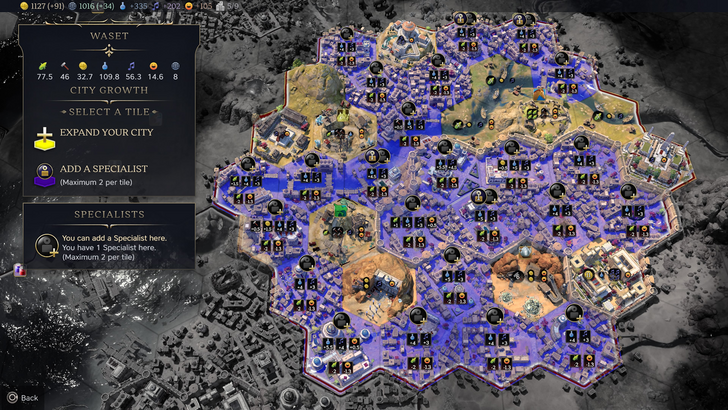
Civ 7 relies heavily on icons and numerical data for resources but includes some solid visual indicators. The tile yield overlay highlights resource availability, the settlement overlay color-codes hexes for city viability, and the expansion screen distinguishes rural, urban, or unsuitable tiles.
Players, however, miss certain Civ 6 lenses tied to features like appeal, tourism, and loyalty, which don’t apply to Civ 7. The absence of customizable map pins is another common complaint. While not disastrous, Civ 7’s visual indicators could use refinement.
Search, Filter, and Sort Functionality
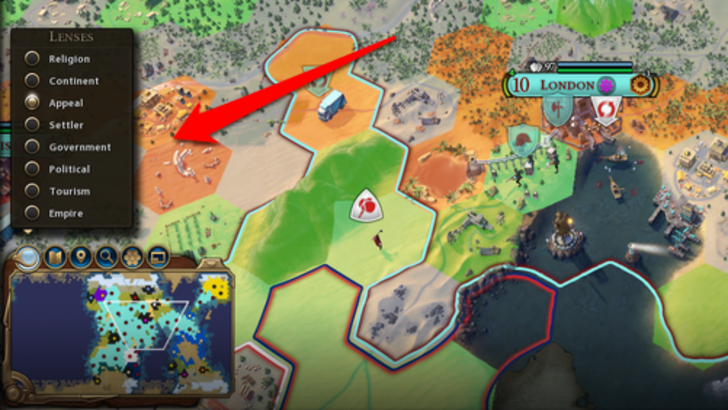
In complex 4X games, visual clutter is inevitable, making search, filter, and sort options critical for managing information. These tools—whether search bars, filters, or sort buttons—help players navigate data efficiently and reduce frustration.
Civ 6 sets a high standard with its robust search function, letting players locate specific resources, units, or tiles across the map with highlights or snap-to navigation. Its Civilopedia links entries directly to in-game elements for seamless reference.
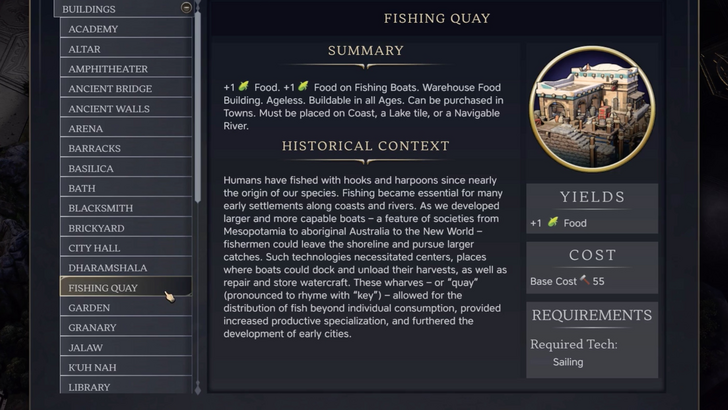
Sadly, Civ 7 lacks this search functionality entirely—a major oversight given the game’s scale. This absence significantly impacts usability, and I agree with players who see it as a critical flaw. Firaxis should consider adding it in future updates, ideally with enhanced Civilopedia features for smoother navigation.
Consistent Visual Design
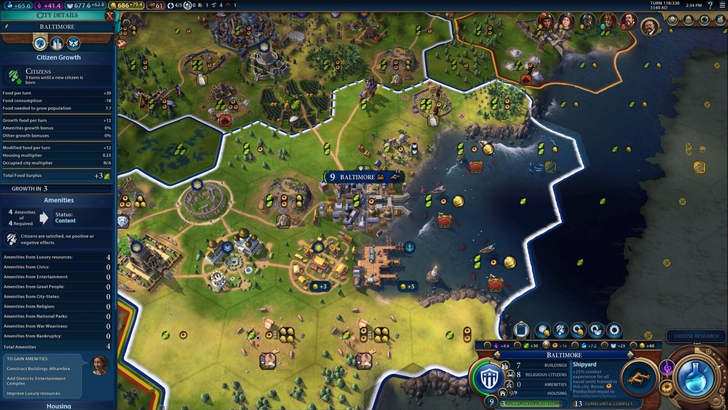
Visual consistency and aesthetic quality are vital, as the UI is the player’s primary interaction with the game. A poorly designed or inconsistent UI can undermine even the best gameplay by disrupting the overall experience.
Civ 6 excels here with its cartographical, dynamic UI that feels tactile and cohesive, blending seamlessly with leader designs, menus, unit icons, and the Civilopedia. It reinforces the game’s identity at every step.
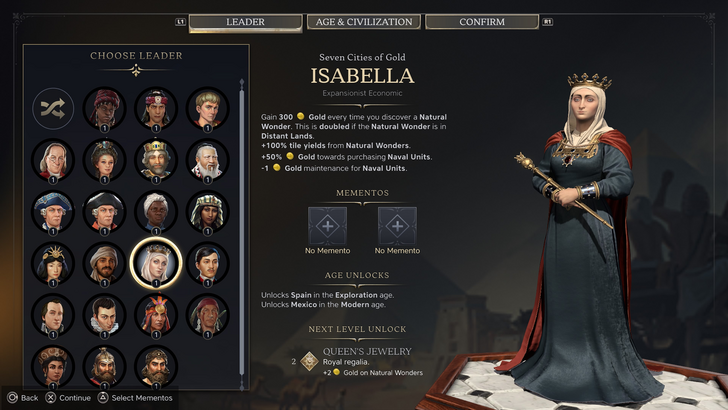
Civ 7 takes a minimalist approach, favoring sleek sophistication over Civ 6’s vibrant grandeur. Its black-and-gold palette and simplified icons align with the game’s regal aesthetic, avoiding a cheap or amateurish feel. However, its subtlety can feel less engaging, leading to mixed player reactions. Visual design is subjective, but Civ 7’s UI, while cohesive, lacks the immediate appeal of its predecessor.
The Final Verdict
Flawed but Overly Criticized
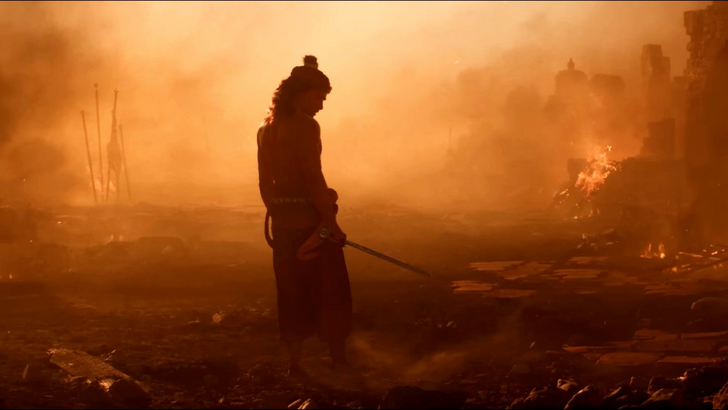
After evaluating Civ 7’s UI against key criteria, it’s clear it’s not the strongest, but it’s far from the disaster some claim. The lack of a search function is a glaring omission, but it’s not game-breaking. Compared to other issues in Civ 7, the UI’s flaws feel minor. It lags behind more polished 4X UIs but has notable strengths.
I’m no UI design expert, but as a player, Civ 7’s interface works for me. The game’s broader strengths compensate for its shortcomings, and with updates and feedback, it could win over skeptics. For now, it’s better than the criticism suggests.
← Return to Sid Meier's Civilization VII main article
Sid Meier's Civilization VII Similar Games















 LATEST ARTICLES
LATEST ARTICLES 
